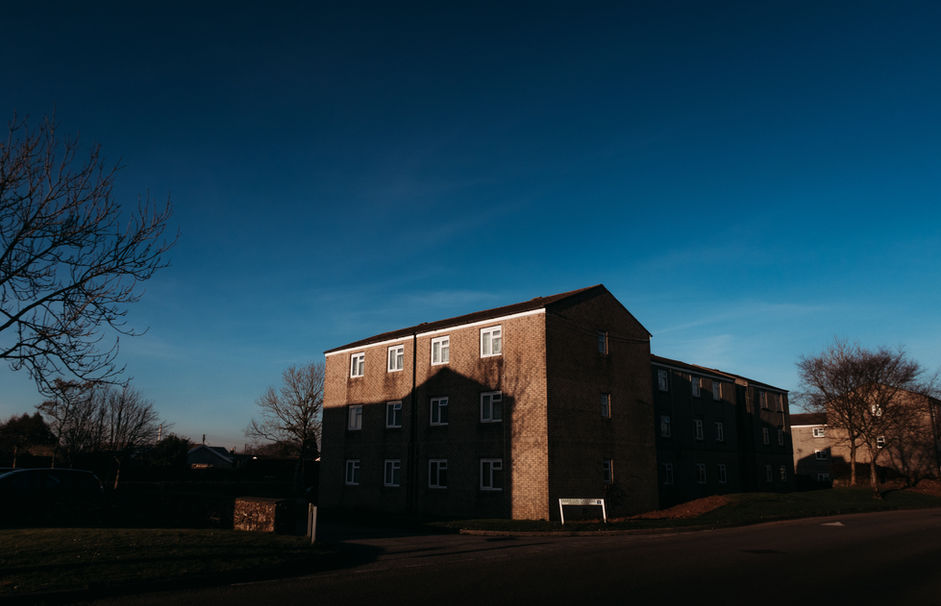
Several years ago I started to take an interest in the history and the legacy of industry in Cornwall. I collaborated with another Cornwall based photographer focusing on the landscape in and around an abandoned local mining area called Wheal Maid Valley. Then, our intention was to document the behaviour of the existing environment and capture natures reclamation of the space. We called this project IN/FLUX.
This project led me to think more and more about the huge impact on Cornwall as a result of the industry’s sudden demise. I found it particularly interesting how old sites of heavy industry, that were often home to the harshest of lifestyles and working conditions, have since become glossy tourist attractions, now standing proud and polished. It almost appears as if the way that they are remembered is selective, disillusioned and out of context. All connection to poverty has now been removed.
In a similar way, areas that flourished during the peak of Cornish industrialisation such as Redruth, Camborne and St. Austell have now since become areas known for their gradually deteriorating structures, empty shop fronts, substance abuse, crime and generally harsher lifestyle conditions. Combining these issues with our country’s recent economic climate, it is no shock that Cornwall is now the second poorest county in northern Europe. It is second only to West Wales, which has, incidentally, suffered from an almost identical chain of events.

When I Initially began to create this body of work I was unsure of how I wanted my photographs to appear. I took my initial inspiration from Sirkka-Liisa Konttinen and her seminal work in Byker, but I did not have a visual style in mind. After several weeks of walking through specific locations and neighbourhoods, talking to the locals and absorbing the atmosphere within the local community, I found that the people who call it home were charming, friendly and extremely close knit. There is a real sense of community, friendship, support and neighbourhood ownership.
One resident told me...
‘What brought us together and served us well is our common goals’
Often, In more affluent areas of Cornwall, I have seen a far more fractured society leading to villages that are far more private, segregated and on the whole, less communal. In such areas it is not uncommon that residents either do not know their neighbours, or simply, they do not have any.
After finding this beauty in these areas of decline. I knew how I wanted to photograph them. I wanted to show them in a beautiful light, literally. I therefore decided to introduce a specific look to my photography for this project. Whenever possible, I started to photograph my chosen locations during the morning or evening sunlight. This ‘golden hour’ light is usually chosen to photograph beautiful landscapes. I chose to use this light to highlight the beauty that I have found, the vibrant communities and the strong sense of togetherness that exists.
Once I started to photograph in these conditions, I often noticed how the narrow streets and cramped estates, produced bold and poignant shadows revealing the landscape outside of my photographs. I found that I could use these projections of surrounding aspects to highlight the increased sense of community present.
When I started this project I wanted to comment on how Cornwall, a county known best for Its ‘holiday lifestyle’ and tourism, now has vast areas that almost serve as anti-tourist environments. Places and communities that can appear almost forgotten, ignored and abandoned. Now I have come to realize that they are not segregated from the rest of Cornwall. They are the essence of Cornwall, both past and present.


















































